I believe that for the masses of households, they must be cautious and careful when shopping for TVs. However, in the face of the current market of Shanghai TV products, sales staff at the same time will also introduce complex technical terms to everyone, the actual purchase is often dazzling, at a loss.
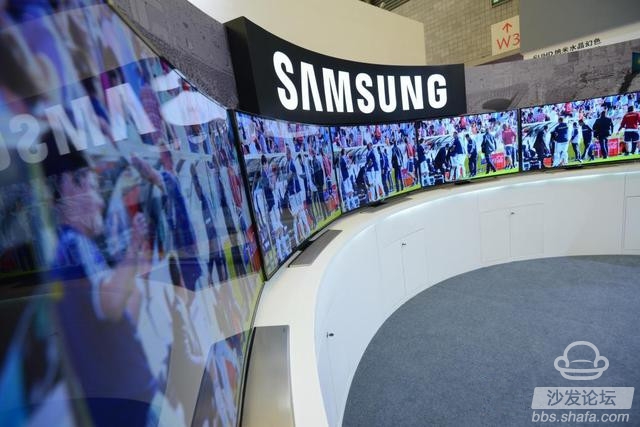
In order to allow everyone to purchase TVs better and faster, the “New Life of Audio and Video†will be introduced in terms of the resolution and color gamut of the TV, so that everyone can truly measure the quality of the TV and find the best. The right TV brings home.
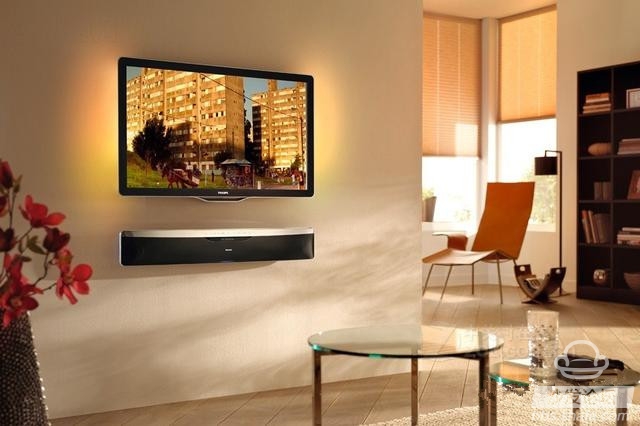
Ultra HD resolution
We believe that the resolution parameters are very familiar to everyone, and the resolution also has important significance for display devices. In the case of the screen size of the same size, the higher the resolution is, the more delicate the screen is, that is, the details of the screen can be displayed more clearly, which greatly increases the user's visual experience.
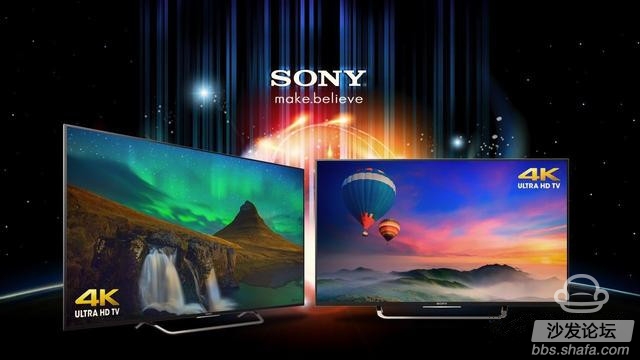
At present, the resolution of TVs on the market is mostly divided into 2K and 4K, and the current highly sought-after is 4K HD, that is, the physical resolution reaches 3840×2160, and the pixel reaches 829.44 million. Such a product can be rated as truly qualified. 4K Ultra HD TV.
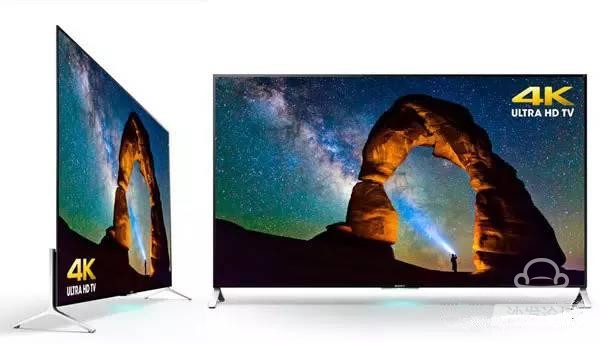
4K TV has experienced the development of the past two years, with its high-definition, natural and realistic picture display effect has become the first choice for consumers to buy TV, and the share of 2K TV is gradually declining and will eventually exit the market. However, 8K televisions have already appeared, and some of them will be put into production this year.

The importance of color gamut
Traditional LCD TVs cannot display all the colors that the human eye can sense. Usually, they can only display the color gamut of NTSC 60%-70%. In the current market, the color gamut of ordinary LCD TVs is 72%, that of the first-generation high-gamut LCD TVs is 82%, and that of the second-generation high-gamut LCD TVs is 96%.
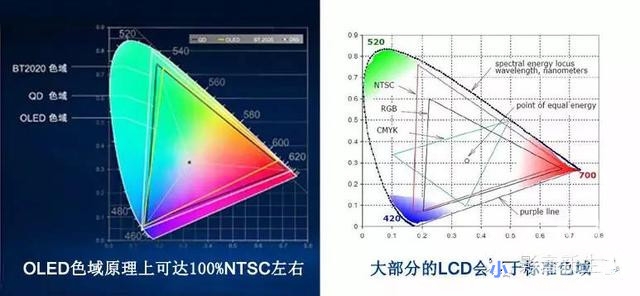
In recent years, various new technologies such as quantum dots and OLEDs have been used to widen the color gamut, reaching 100% or more, and using the HDR technology to make the screen more realistic, brighter in color, sharper and more vivid in detail.
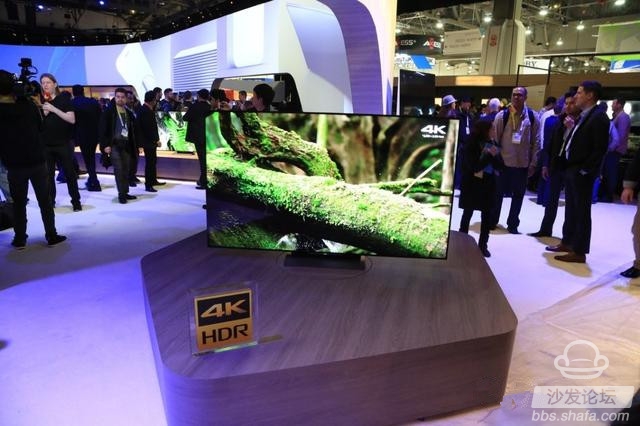
Backlight partition control
The backlight is a factor that has a great influence on the contrast of the TV picture. As long as the LCD monitor is powered on, the backlight is working. Even if the picture displayed is an all-black picture, the backlight is working. That is, the backlight of the LCD TV is always lit and emitted. The backlight brightness is constant.
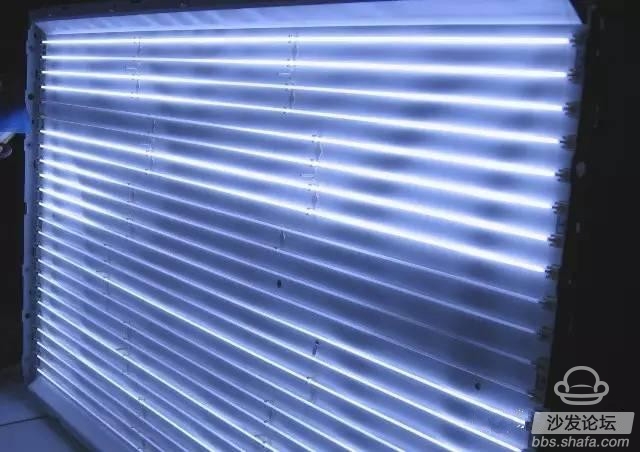
However, what we usually see on TV shows changes in brightness and darkness, especially when there are a lot of dark-field scenes when the movie is played. The constantly-lit backlight is not conducive to the performance of dark-field details. This is what we find most LCD TVs cannot do. The black screen is not ideal and causes poor contrast.

Therefore, if you choose a TV, if you use multi-zone backlight, then there will be a certain guarantee in terms of quality. Of course, this is only applied to LCD TVs. OLED TVs are self-illuminating and do not require backlight. In other words, OLED TVs naturally have excellent multi-zone backlighting effects, and the contrast ratio is extremely high. With the development of OLED TVs, backlight partitions will slowly disappear.
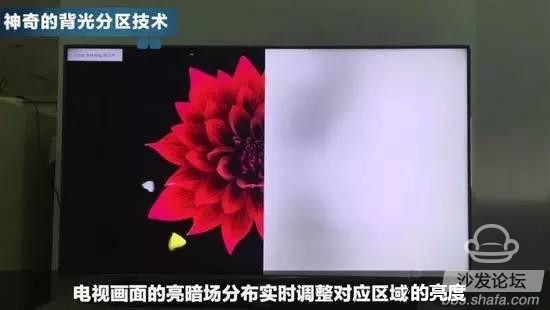
Motion picture compensation
Due to the lack of response time, the liquid crystal panel has a certain amount of tailing and jitter. When high-speed motion pictures are displayed, especially in sports games, action movies, and other fast-moving images, the trailing and afterimage phenomena also accompany. Not only does this phenomenon seriously affect our viewing results, but it also causes visual fatigue and dizziness when watching such television pictures for a long time. Therefore, a smooth TV picture is undoubtedly another important indicator of the quality of TV pictures.
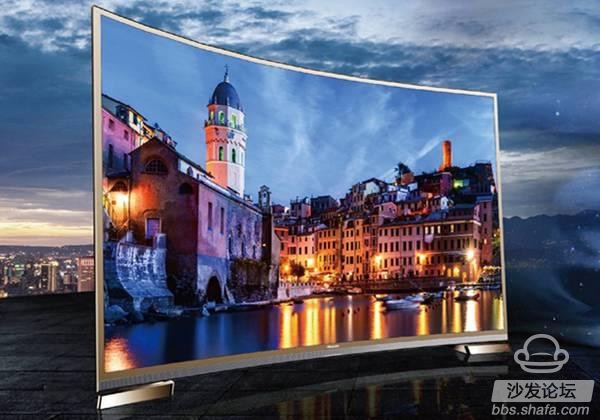
Therefore, since the birth of LCD TVs, major TV manufacturers have been working hard to resolve the tailing phenomenon. In recent years, the MEEMC technology (Motion Estimate and Motion Compensation), motion estimation and motion compensation, is based on the principle of using a dynamic video system to insert a frame of motion compensation between two traditional frames of images. The /60Hz refresh rate is increased to 100/120Hz.
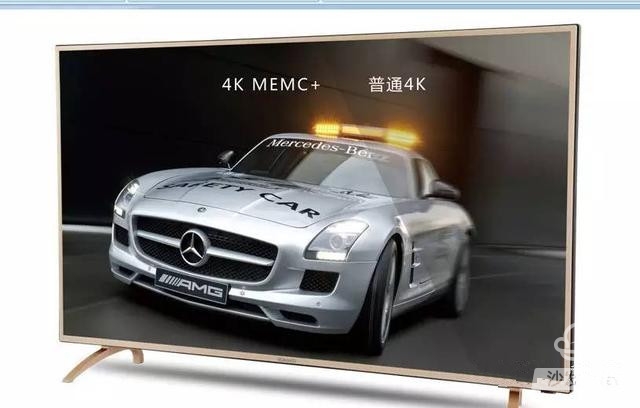
The motion picture compensation optimization is to add a frame of motion compensation frame between the traditional two frames of images, so as to achieve the effect of clearing the residual image of the previous frame image and improving the dynamic clarity. TVs using MEMC technology can reduce the image smear to a lower level, so that the high-speed motion picture is clearer and smoother without smearing.
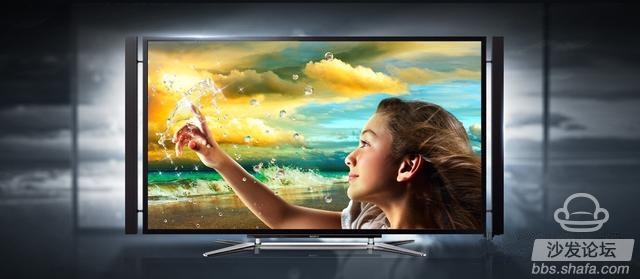
Conclusion: I believe we understand the above four factors affecting the quality of television, and as far as possible subjective experience and experience in the store, I believe we can easily determine the quality level of a TV, so to buy a real Good quality TV.

In order to allow everyone to purchase TVs better and faster, the “New Life of Audio and Video†will be introduced in terms of the resolution and color gamut of the TV, so that everyone can truly measure the quality of the TV and find the best. The right TV brings home.

Ultra HD resolution
We believe that the resolution parameters are very familiar to everyone, and the resolution also has important significance for display devices. In the case of the screen size of the same size, the higher the resolution is, the more delicate the screen is, that is, the details of the screen can be displayed more clearly, which greatly increases the user's visual experience.

At present, the resolution of TVs on the market is mostly divided into 2K and 4K, and the current highly sought-after is 4K HD, that is, the physical resolution reaches 3840×2160, and the pixel reaches 829.44 million. Such a product can be rated as truly qualified. 4K Ultra HD TV.

4K TV has experienced the development of the past two years, with its high-definition, natural and realistic picture display effect has become the first choice for consumers to buy TV, and the share of 2K TV is gradually declining and will eventually exit the market. However, 8K televisions have already appeared, and some of them will be put into production this year.

The importance of color gamut
Traditional LCD TVs cannot display all the colors that the human eye can sense. Usually, they can only display the color gamut of NTSC 60%-70%. In the current market, the color gamut of ordinary LCD TVs is 72%, that of the first-generation high-gamut LCD TVs is 82%, and that of the second-generation high-gamut LCD TVs is 96%.

In recent years, various new technologies such as quantum dots and OLEDs have been used to widen the color gamut, reaching 100% or more, and using the HDR technology to make the screen more realistic, brighter in color, sharper and more vivid in detail.

Backlight partition control
The backlight is a factor that has a great influence on the contrast of the TV picture. As long as the LCD monitor is powered on, the backlight is working. Even if the picture displayed is an all-black picture, the backlight is working. That is, the backlight of the LCD TV is always lit and emitted. The backlight brightness is constant.

However, what we usually see on TV shows changes in brightness and darkness, especially when there are a lot of dark-field scenes when the movie is played. The constantly-lit backlight is not conducive to the performance of dark-field details. This is what we find most LCD TVs cannot do. The black screen is not ideal and causes poor contrast.

Therefore, if you choose a TV, if you use multi-zone backlight, then there will be a certain guarantee in terms of quality. Of course, this is only applied to LCD TVs. OLED TVs are self-illuminating and do not require backlight. In other words, OLED TVs naturally have excellent multi-zone backlighting effects, and the contrast ratio is extremely high. With the development of OLED TVs, backlight partitions will slowly disappear.

Motion picture compensation
Due to the lack of response time, the liquid crystal panel has a certain amount of tailing and jitter. When high-speed motion pictures are displayed, especially in sports games, action movies, and other fast-moving images, the trailing and afterimage phenomena also accompany. Not only does this phenomenon seriously affect our viewing results, but it also causes visual fatigue and dizziness when watching such television pictures for a long time. Therefore, a smooth TV picture is undoubtedly another important indicator of the quality of TV pictures.

Therefore, since the birth of LCD TVs, major TV manufacturers have been working hard to resolve the tailing phenomenon. In recent years, the MEEMC technology (Motion Estimate and Motion Compensation), motion estimation and motion compensation, is based on the principle of using a dynamic video system to insert a frame of motion compensation between two traditional frames of images. The /60Hz refresh rate is increased to 100/120Hz.

The motion picture compensation optimization is to add a frame of motion compensation frame between the traditional two frames of images, so as to achieve the effect of clearing the residual image of the previous frame image and improving the dynamic clarity. TVs using MEMC technology can reduce the image smear to a lower level, so that the high-speed motion picture is clearer and smoother without smearing.

Conclusion: I believe we understand the above four factors affecting the quality of television, and as far as possible subjective experience and experience in the store, I believe we can easily determine the quality level of a TV, so to buy a real Good quality TV.